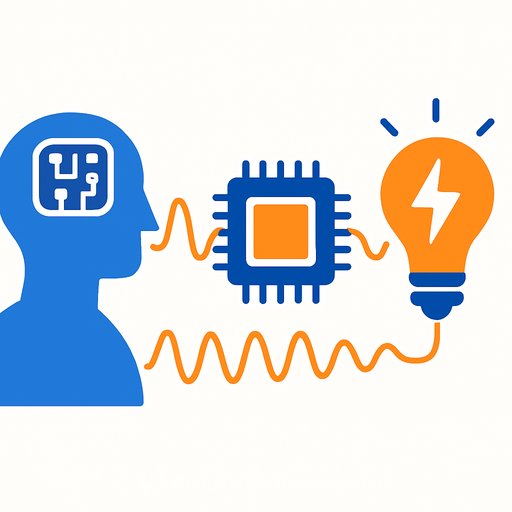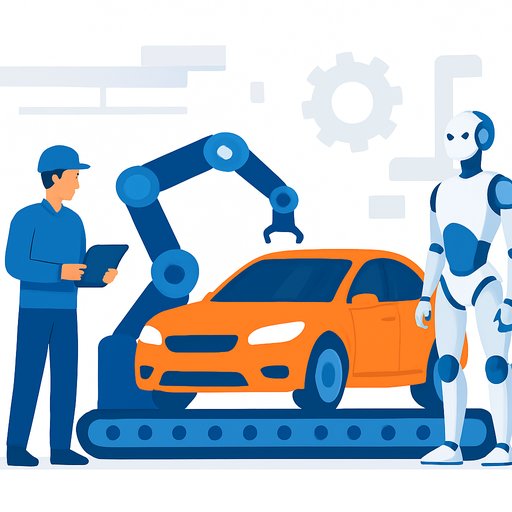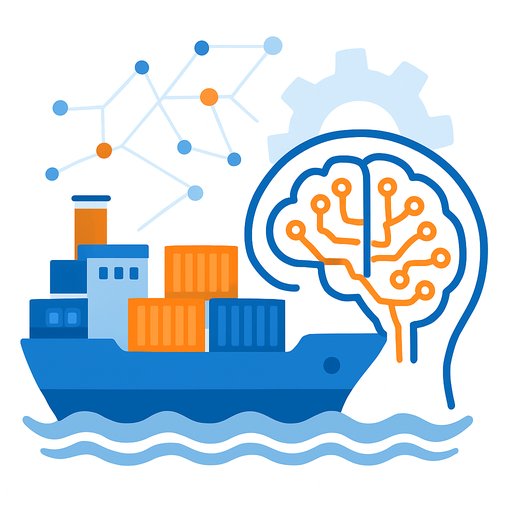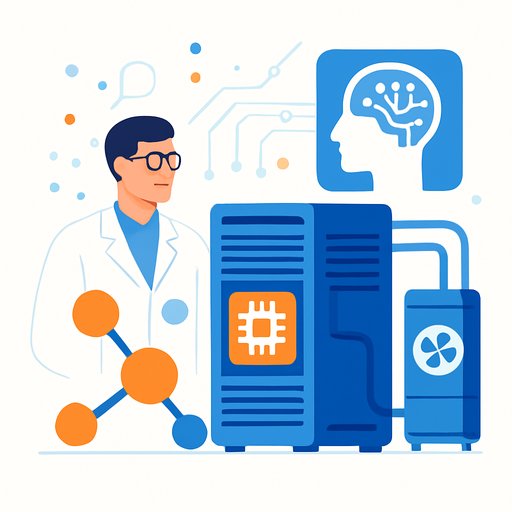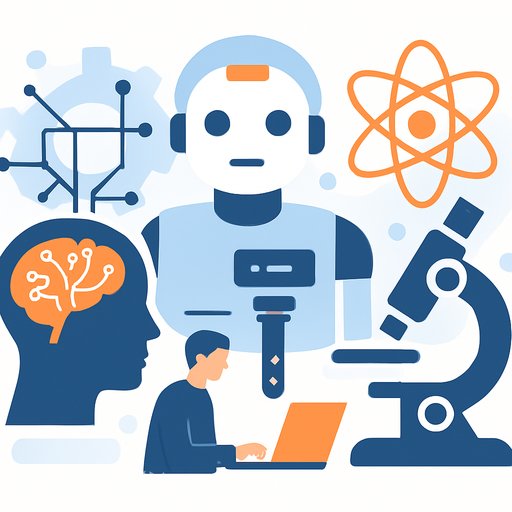AI at light speed: Photonic tensor computing moves from concept to credible
Two international research teams have shown that key AI calculations can run on light waves instead of electronic circuits. Their results, published in a major paper in Nature Photonics, demonstrate that tensor and matrix operations can be performed with coherent light while matching GPU-level accuracy.
The setup processes large data blocks in a single pass as light moves through an optical arrangement. Because the physics is parallel by default, it delivers high throughput with far less energy. That mix points to new ways to build and operate AI systems.
How it works (without the buzzwords)
Matrices are encoded into the phase and amplitude of coherent light. As the beam passes through lenses and modulators, the optical path itself performs the math-no clocked steps, just propagation delay across the device.
Parallelism comes for free: many values are transformed at once. Heat is minimal in the optical core and there's no DRAM bottleneck in the compute path; the main overhead sits at the electronic interfaces that feed and read the light.
Why this matters for operations, science, and research
- Throughput per watt: Potentially higher FLOPs/W for inference-heavy pipelines and large transforms.
- Latency: Single-pass matrix operations can reduce tail latency, even at batch=1.
- Thermals and density: Lower heat in the compute path eases rack design and cooling budgets.
- Predictability: Analog photonics sidesteps memory stalls that can hit GPU kernels at scale.
What the teams showed
- Accurate tensor operations using coherent light, validated against GPU baselines.
- Neural network tasks with both real and complex numbers ran consistently with traditional computing.
- Significantly lower energy use for the same operations compared to electronic chips.
Constraints to track before you plan a rollout
- Precision and noise: Effective bit depth is limited by shot noise, drift, and component variability.
- I/O bottlenecks: DAC/ADC at the edges can dominate power and latency; integration strategy matters.
- Reconfigurability: Updating optical weights quickly and reliably at scale is still challenging.
- Scaling limits: Fabrication tolerances and alignment complicate very large matrices.
- Training vs. inference: Early photonic systems favor fixed transforms and inference over full backprop.
Practical next steps for leaders and teams
- Flag candidate workloads: dense matmuls (attention), FFT-heavy models, and scientific solvers.
- Set benchmarks: require FLOPs/W, latency at batch=1, and accuracy drift over temperature and time.
- Plan hybrid graphs: route big linear algebra to optical cores; keep control flow on CPUs/GPUs.
- Model facilities: rack density, cooling, optical I/O routing, and serviceability.
- Vendor diligence: ask for reproducible demos on your datasets, including complex numbers and mixed precision.
- Upskill the team: assign ownership for photonic evaluation and pilot testing.
Where to learn more
Read the journal hosting these results: Nature Photonics. For an industry overview of optical computing progress, see IEEE Spectrum's coverage: optical computing.
If you're building a skilling plan for your org, explore current programs on Complete AI Training.
Your membership also unlocks:

